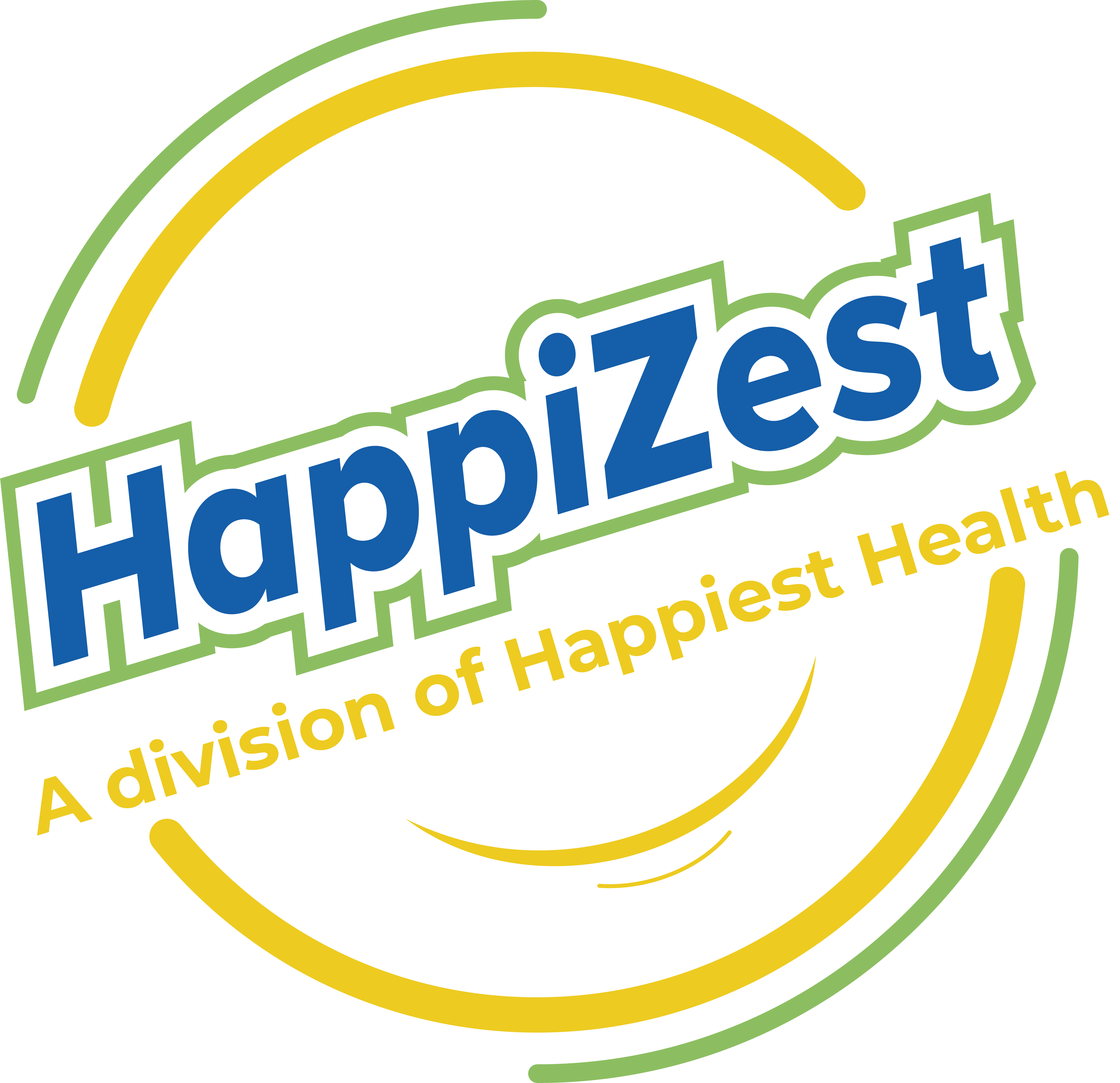Due to the pandemic, US-based dating app, Bumble recently announced a paid week off for 700 employees. Back home, Oyo introduced the 4-day work week and Zerodha follows a strict no-work chats policy post 6 PM.
Companies have shifted to a 4-day work week and extension of holiday weekends is becoming the norm. Pandemic fatigue is a reality and employers are taking radical steps to help their employees cope with it.
But are they for everyone?
What are pandemic fatigue, symptoms, and causes?
Reduced mobility, poor work-home balance, long working hours, separation from loved ones, and many other lingering effects of lockdown have had an enormous impact on emotional and physical wellbeing.
According to WHO, pandemic fatigue “is the demotivation to follow recommended protective behaviors, emerging gradually over time and affected by a number of emotions, experiences, and perceptions.”
78% of the global workforce says the pandemic has negatively affected their mental health (Source)
While common symptoms like physical and emotional burnout, lack of focus, frustrations, lack of motivation, loss of appetite, withdrawal from socializing are seen across the socio-economic spectrum, the impact of pandemic fatigue differs based on the nature of the job, gender, age, and living circumstances.
Pandemic fatigue & Women
Women often juggle family, work, and household chores as they are considered primary caregivers in the home set-up. This tough balancing act easily made them victims of pandemic fatigue. The pandemic has only exposed the harsh, deep-seated gender inequalities.
In 2020, more women (75%) experienced pandemic-induced stress & burnout than men (59%). (Source)
Pandemic Fatigue & Isolated Singles
The single community bore the brunt of pandemic isolation as from being separated from family and friends and dating being stifled. The WFH situation made things worse.
In a survey conducted, around 92% of singles were affected by pandemic induce loneliness and isolation and expressed the need for a companion during Covid-19. (Source)
Pandemic fatigue is constantly being addressed by physical and emotional health experts who are quick to offer home remedies and tips to deal with it.
But as employers and HR Managers, how do you address the pandemic fatigue of your employees and prevent it from hampering productivity and quality of life?
While some employers can afford to dole out paid vacations, it’s not a feasible option for the vast majority.
What can you do to help your employees cope with these symptoms?
1) Offer a safe and healthy space to employees: Unidentified mental health issues like stress, burnout, anxiety are often never overlooked and not dealt with. This affects emotional health and productivity to a great extent. A fully equipped Employee Assistance Program (EAP), where professional counselors create a safe and comfortable atmosphere, can help employees share their feelings and embrace them with an open mind. Counselors can provide certain coping mechanisms that help to reduce and control the impact of stressors and have balanced emotional wellbeing.
2) Boost physical activity (especially with live classes): The state of the body reflects in the mind and vice versa. The body-mind connection is a well-known fact. Physical activity will set the tone of emotional health, Encourage your employees to pick up any physical activity and stick with it. Walking 10K steps, doing 30 minutes of yoga (we have classes as part of our Wellbeing on the Web offering), and cycling – are all good options.
While yoga and meditation are popular among many, Zumba, Pilates, and Tai Chi are increasingly becoming popular among employees. Apart from improving physical strength and stamina, an active fitness regime is a mood lifter and creates an innate sense of wellbeing in the body and mind.
3) Break the monotony with wellness games: Long working hours, constantly balancing work and home, uncertain future; all play on the mind more than we realize. the level of pandemic fatigue often increases when you feel stuck in a rut.
Engaging and exciting online wellness games help break the monotony and raise awareness of wellbeing. Non-competitive games are effective in highlighting the importance of taking a break or squeezing some fun time into a busy schedule.
4) Organise wellness webinars and Q&A sessions: Excess information bursting through unwarranted online sources could confuse and impact emotional wellbeing to a great extent. Apart from creating chaos, they place a big role in increasing stress and anxiety. Subject matter experts offer authentic resources and knowledge. This improves awareness and helps participants take ideal wellbeing-related decisions.
If you are looking for all of this, then Wellbeing on the Web (WoW) fits the bill!
A digital wellness platform that offers wellbeing to employees and their family members anytime, anywhere.
Find all healthcare & wellness partners in one place and accelerate your efforts to provide your employees quality, holistic wellbeing solutions. We avail a new set of wellbeing resources and tools every month so that you and your employees can always stay on top of wellness trends.
Want to know how it works? Click here for a demo.






